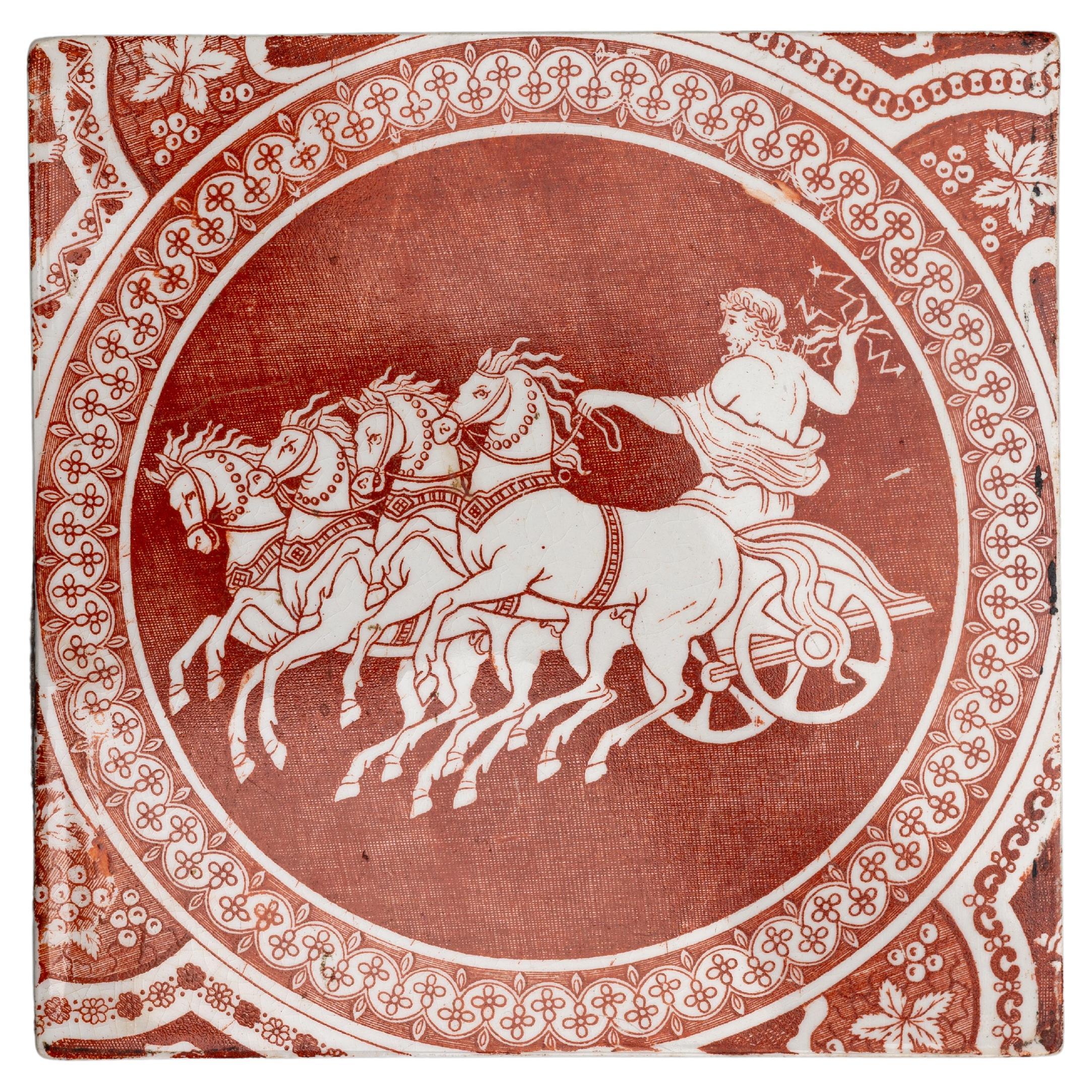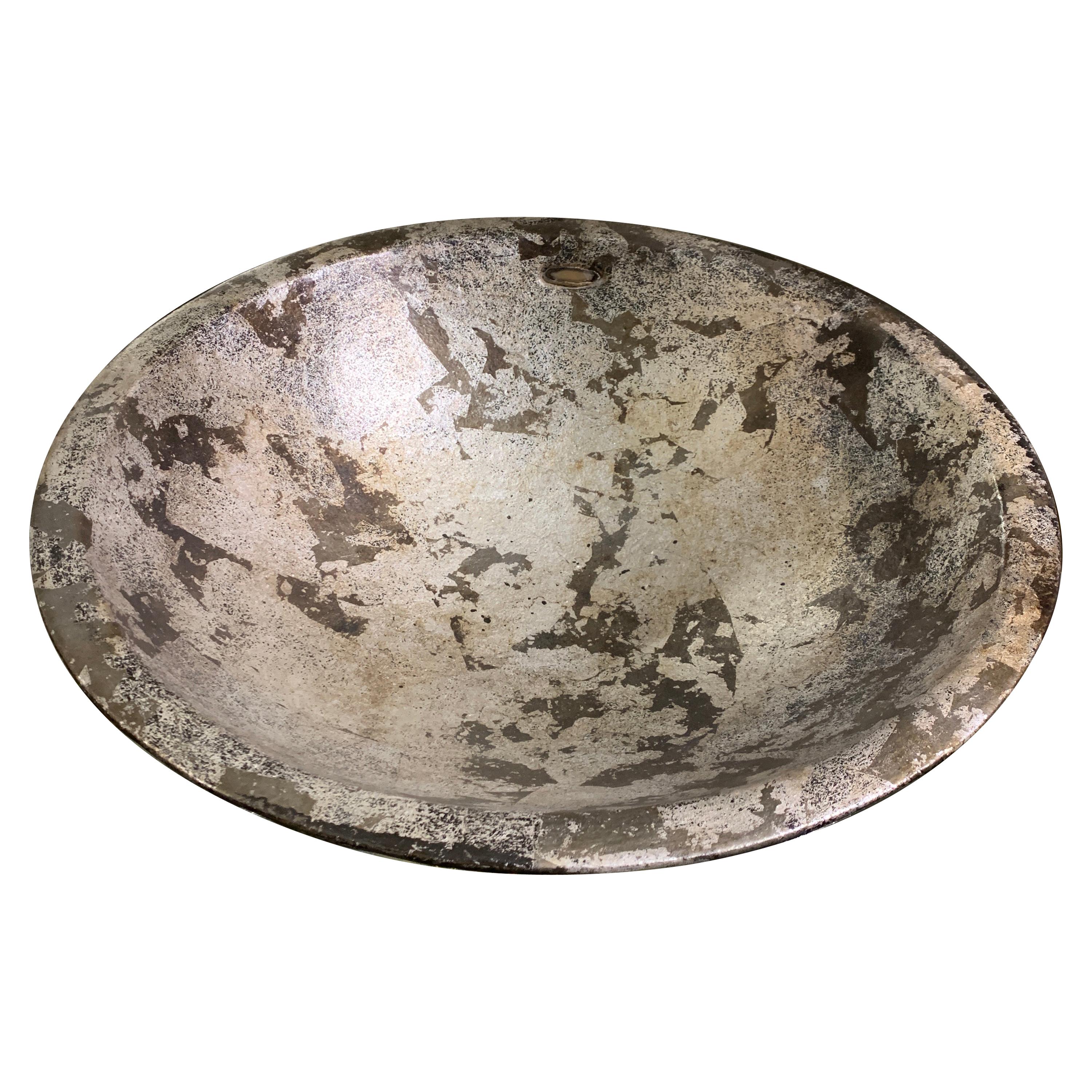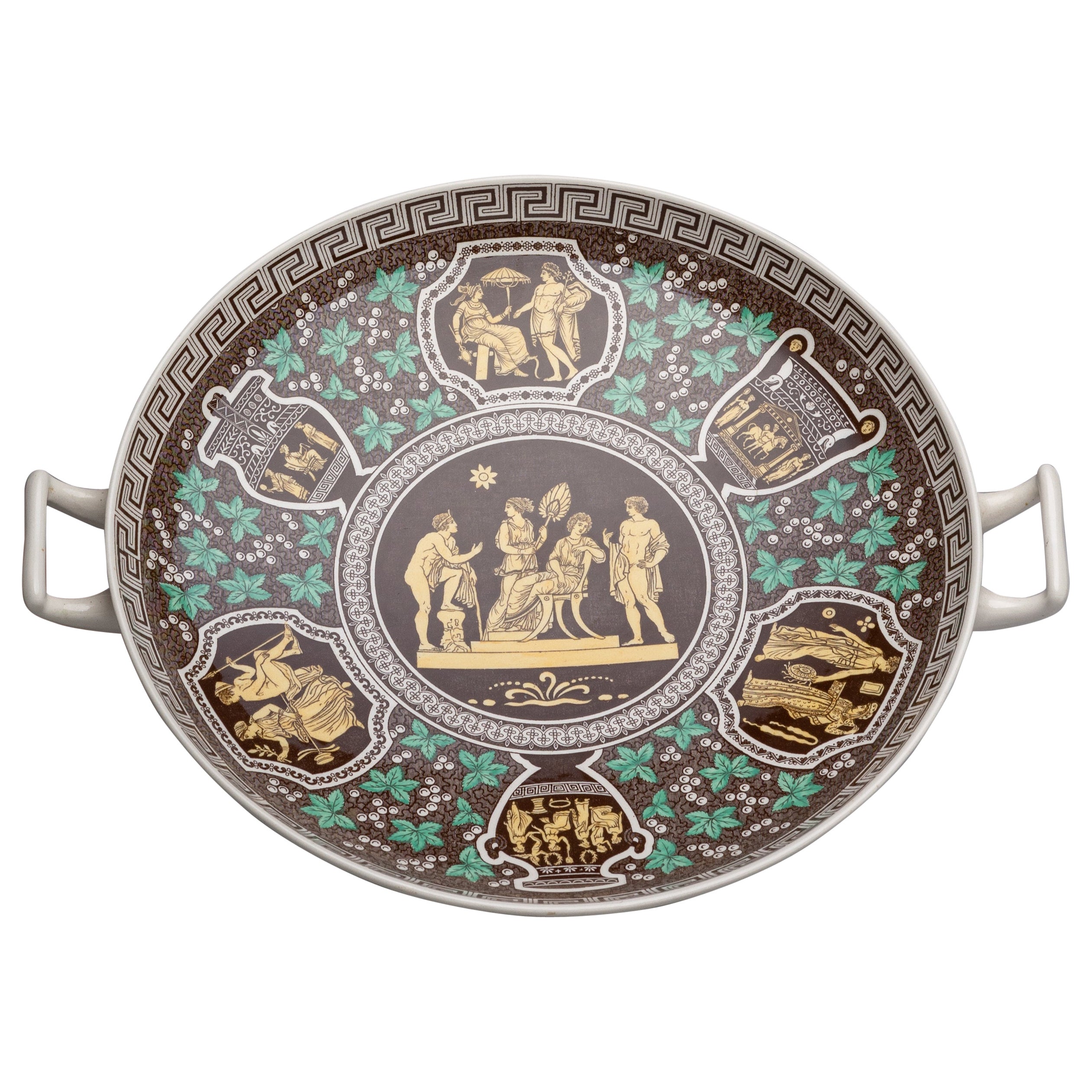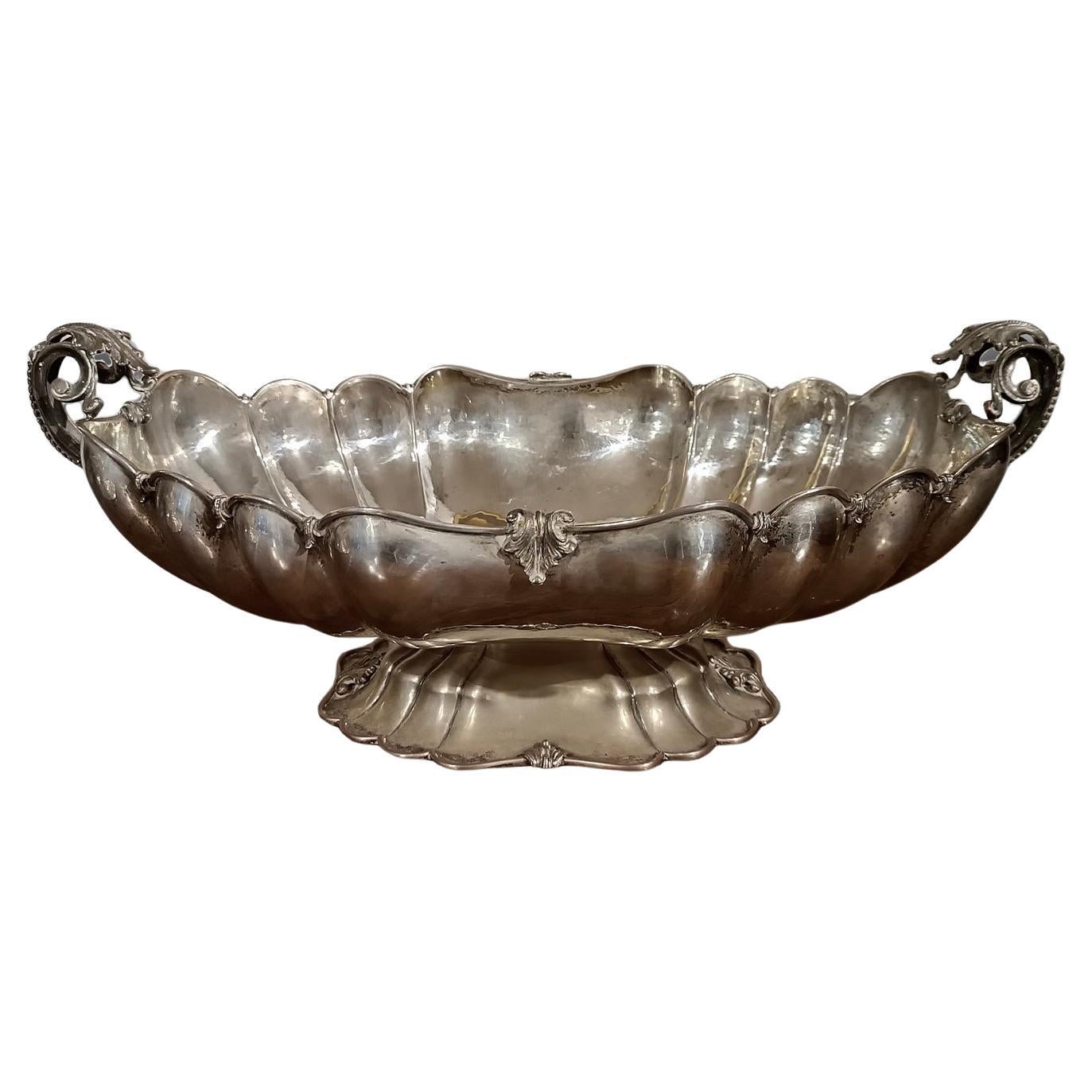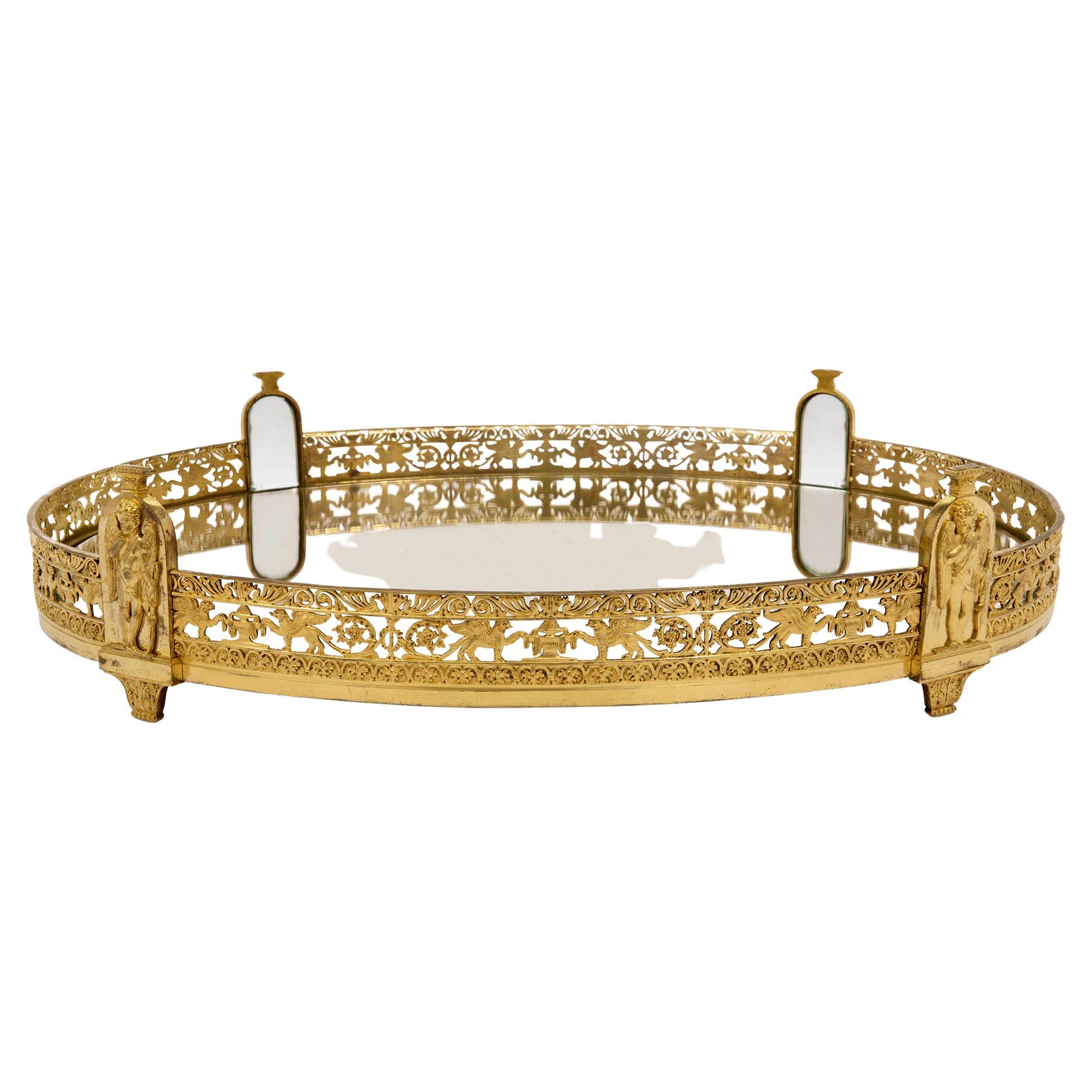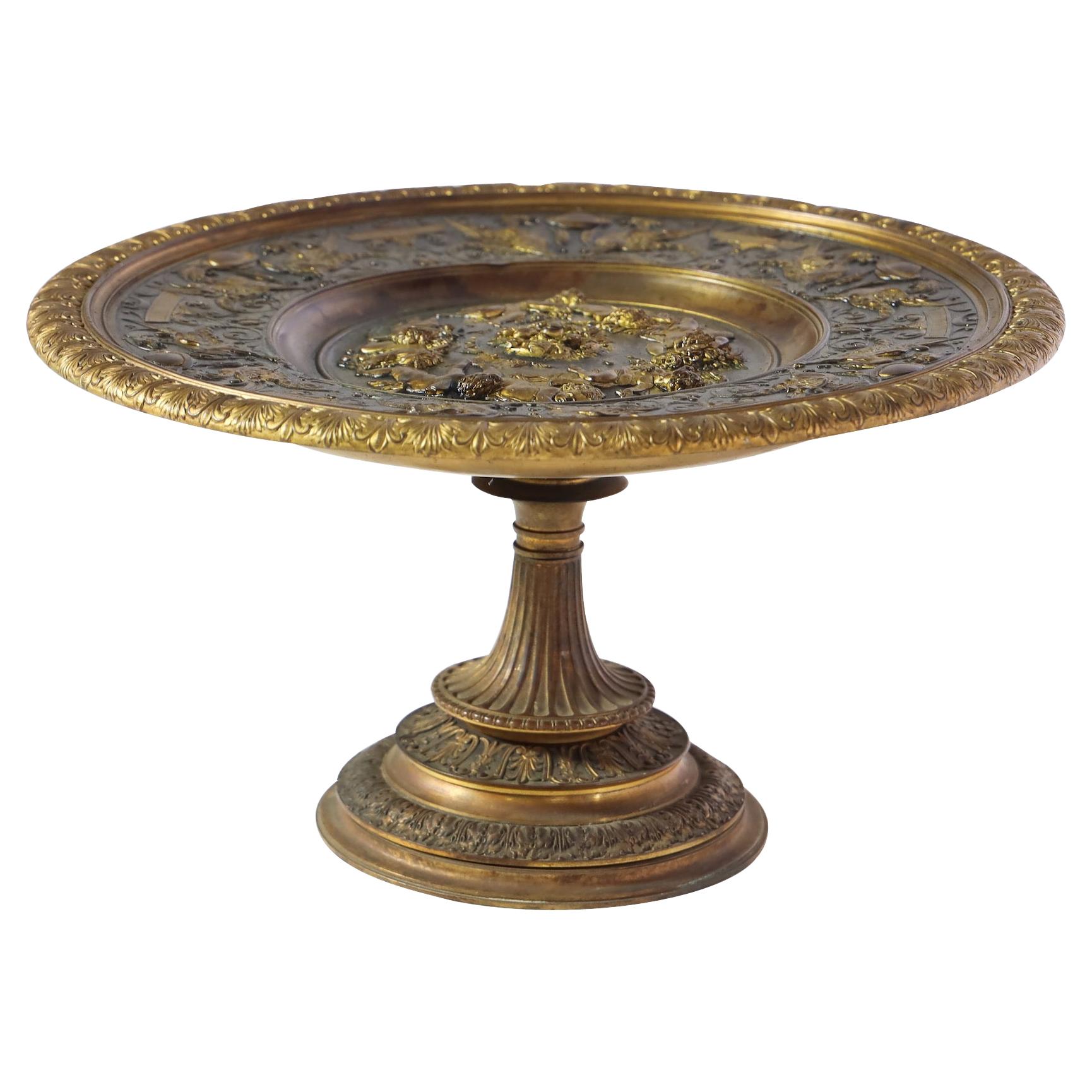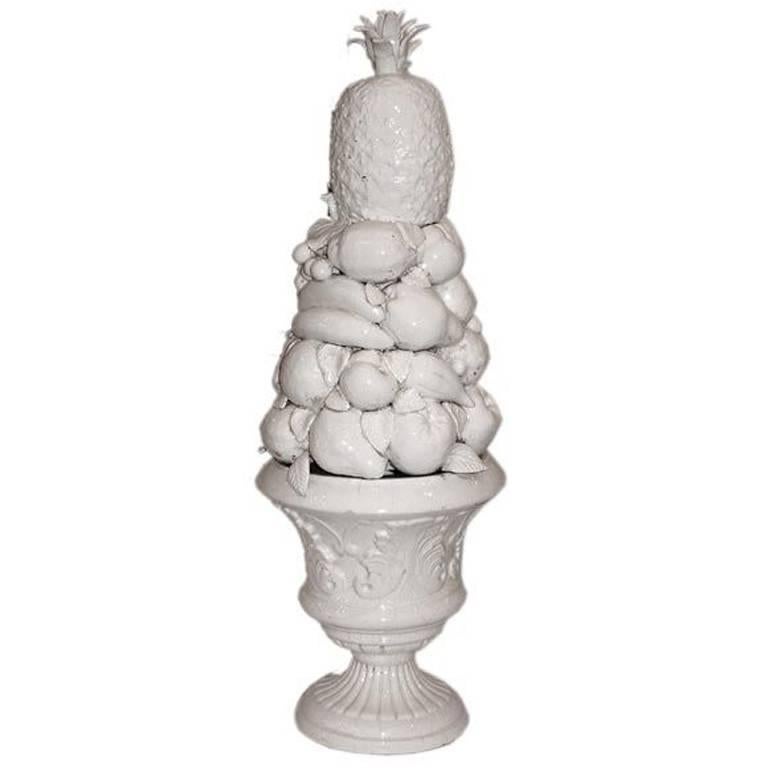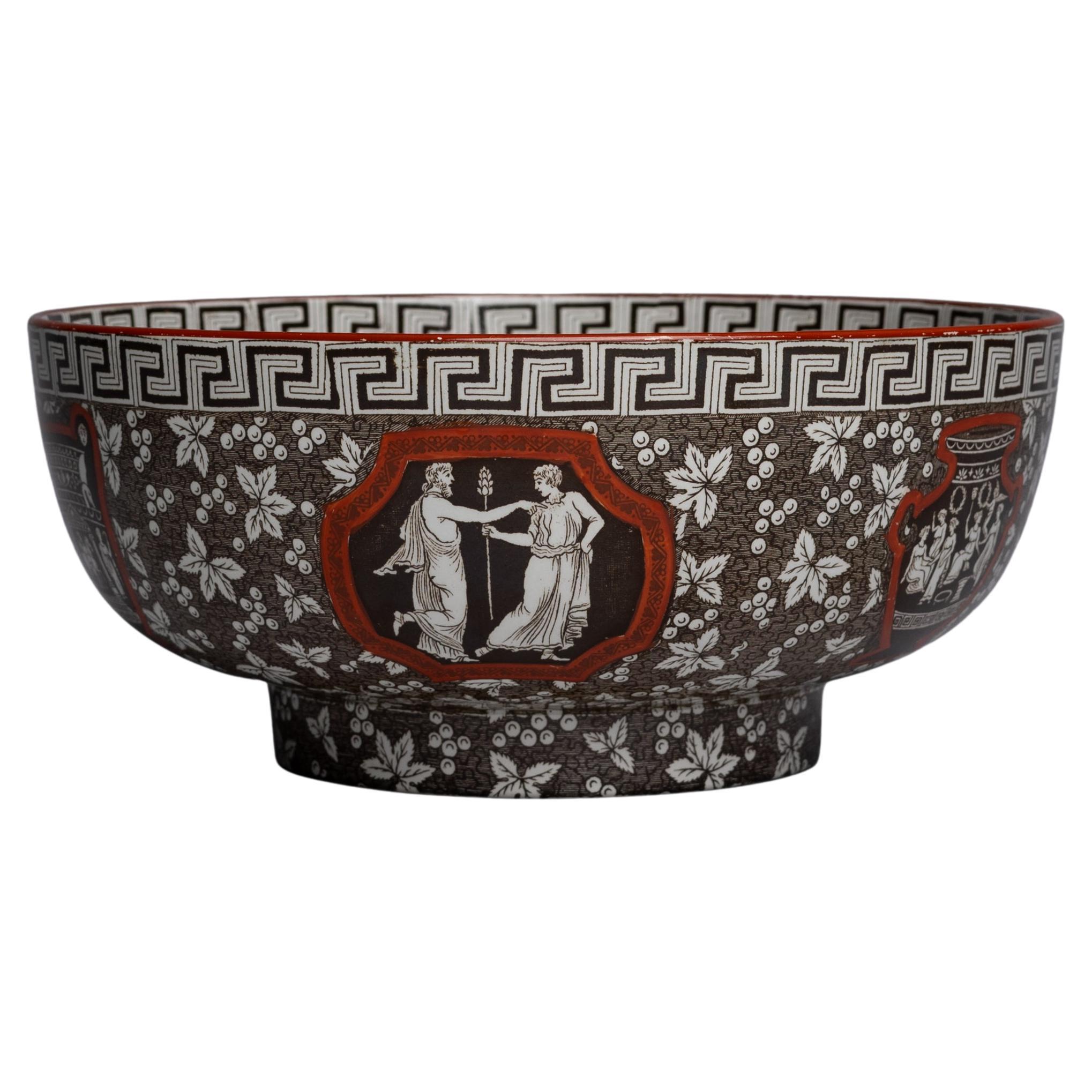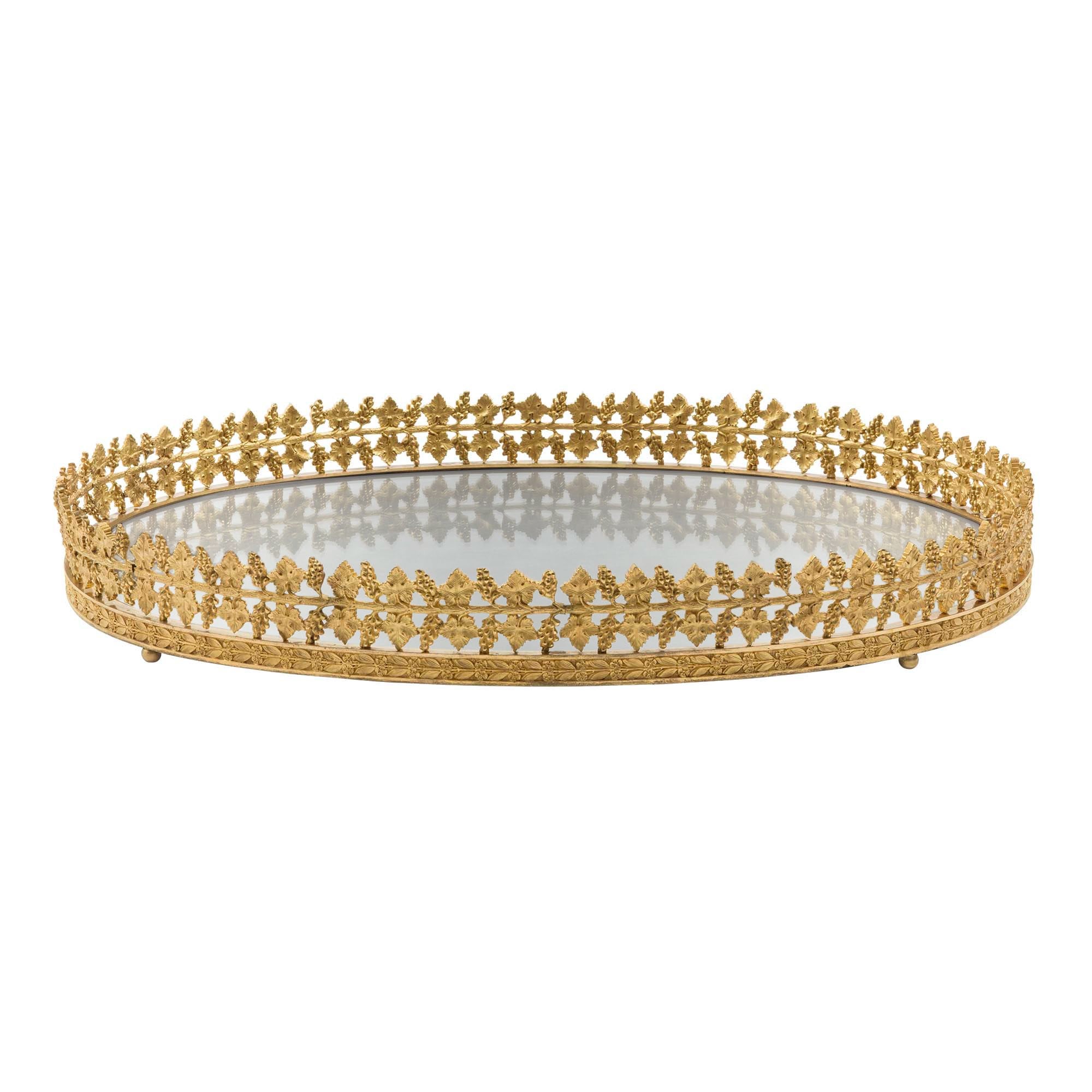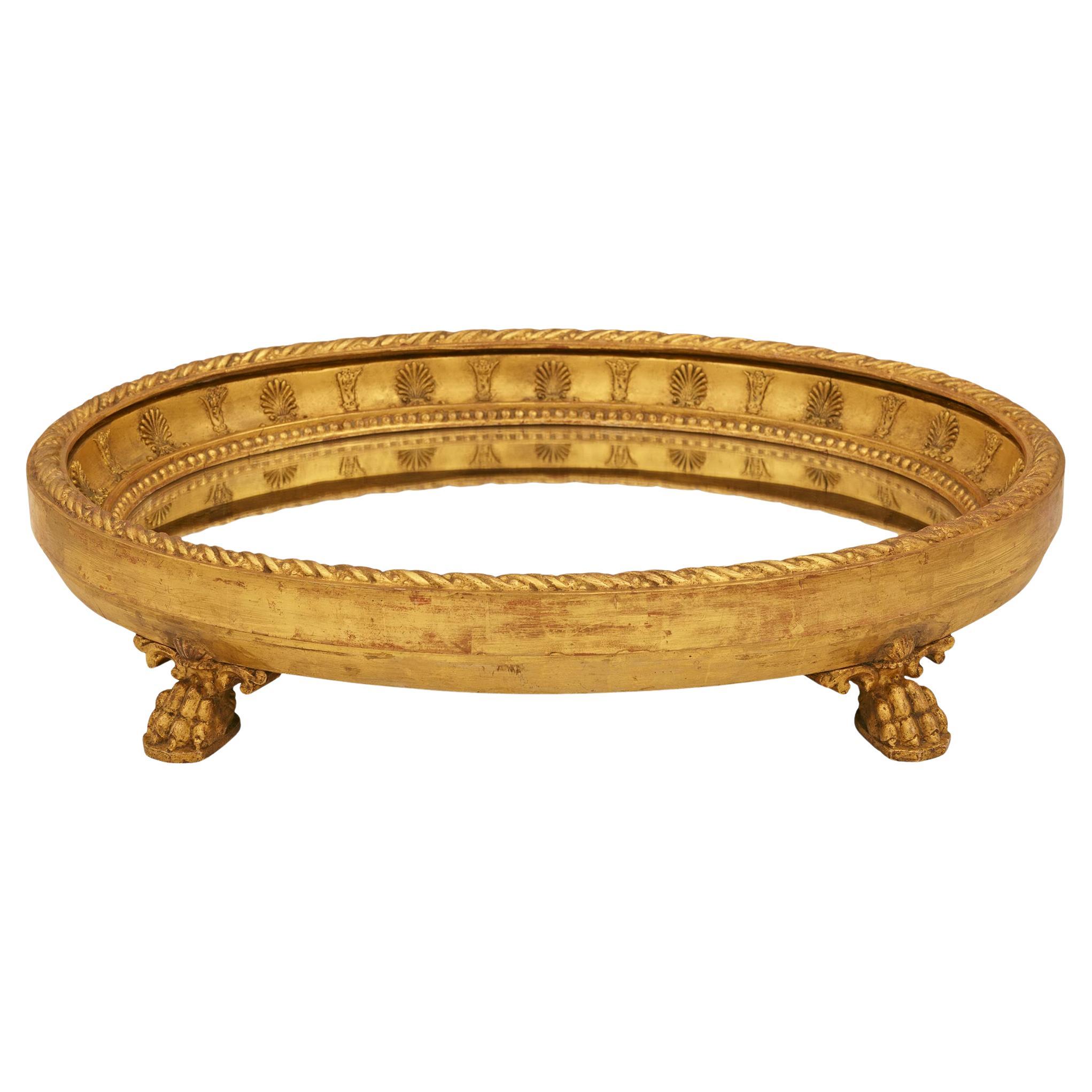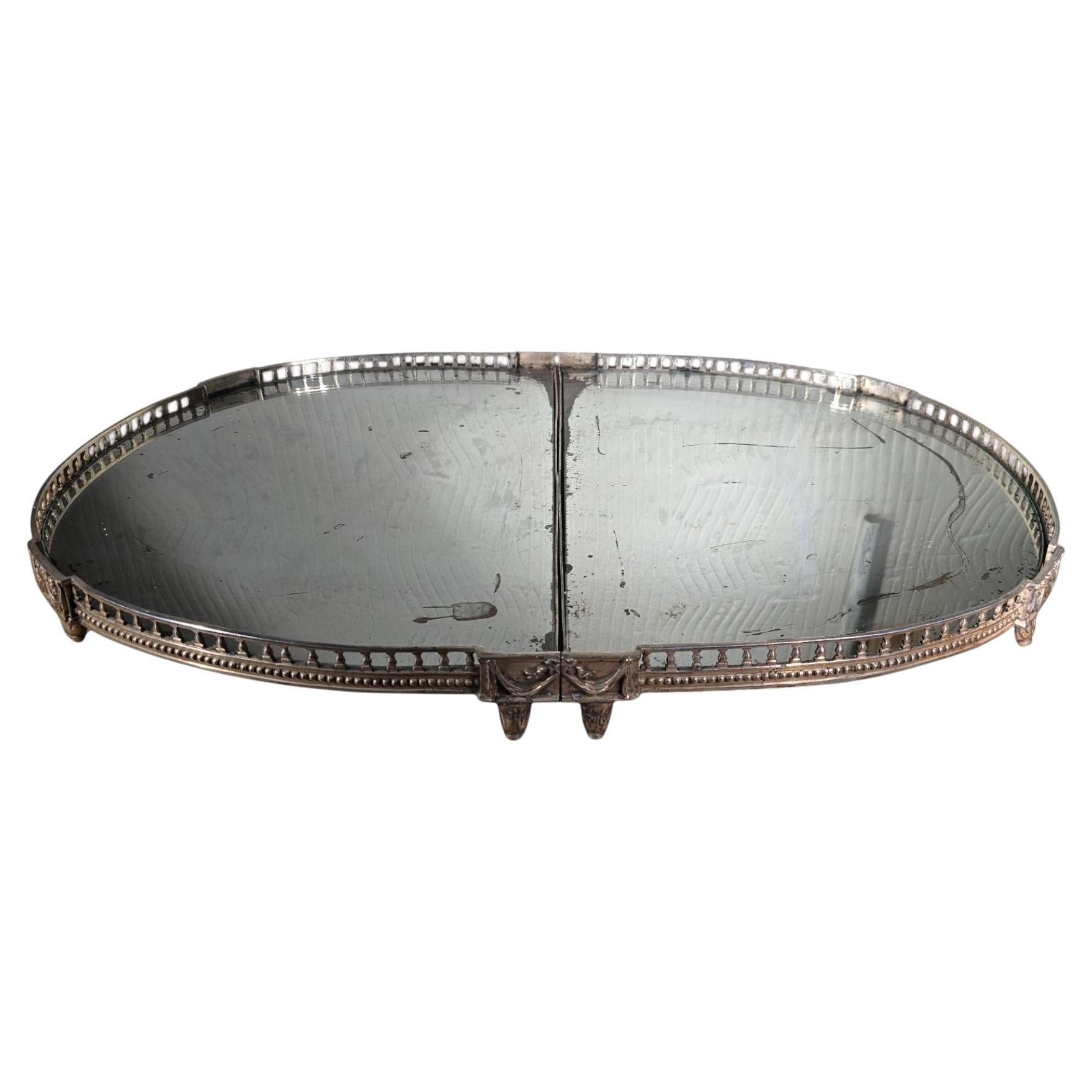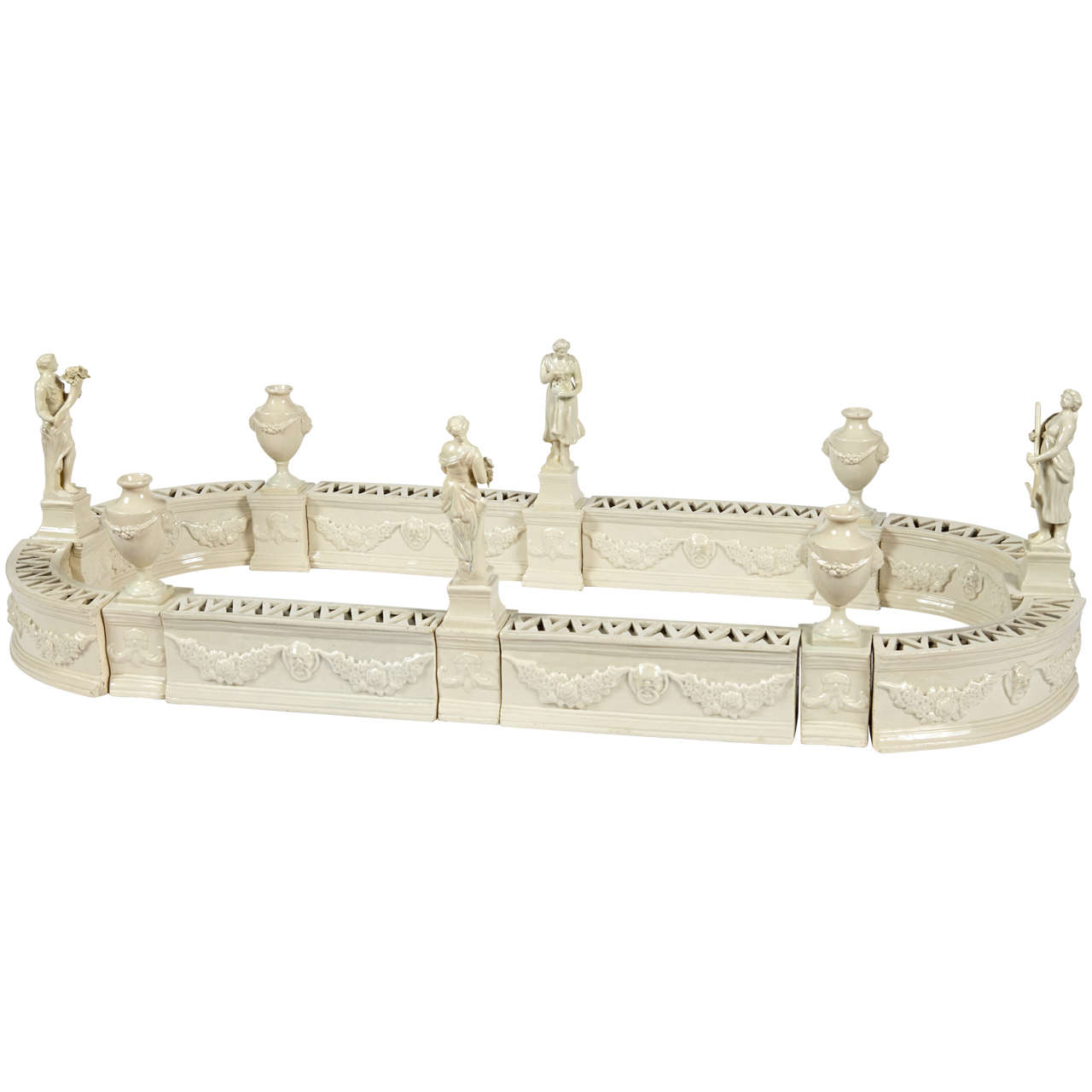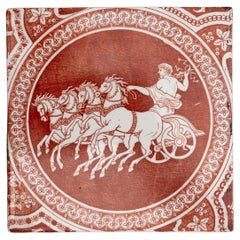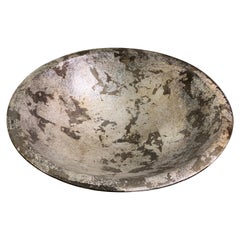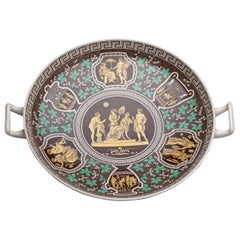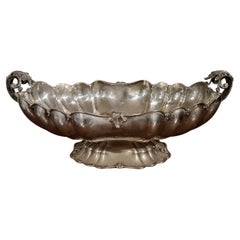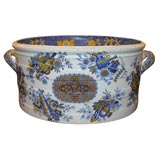
Fine Early Spode Footbath/Centerpiece, Early 19th Century
View Similar Items
1 of 10
Fine Early Spode Footbath/Centerpiece, Early 19th Century
About the Item
19 inches long x 12 inches wide x 8 inches high
- Dimensions:Height: 8 in (20.32 cm)Width: 19 in (48.26 cm)Depth: 12 in (30.48 cm)
- Place of Origin:
- Period:
- Date of Manufacture:Early 19th Century
- Condition:Excellent, minor wear consistent with age and use. Minor scratches to glazed finish on interior of footbath. No chips or fractures.
- Seller Location:New York, NY
- Reference Number:Seller: E-101011stDibs: 0710268219337
Authenticity Guarantee
In the unlikely event there’s an issue with an item’s authenticity, contact us within 1 year for a full refund. DetailsMoney-Back Guarantee
If your item is not as described, is damaged in transit, or does not arrive, contact us within 7 days for a full refund. Details24-Hour Cancellation
You have a 24-hour grace period in which to reconsider your purchase, with no questions asked.Vetted Professional Sellers
Our world-class sellers must adhere to strict standards for service and quality, maintaining the integrity of our listings.Price-Match Guarantee
If you find that a seller listed the same item for a lower price elsewhere, we’ll match it.Trusted Global Delivery
Our best-in-class carrier network provides specialized shipping options worldwide, including custom delivery.You May Also Like
Early 19th Century Spode Red Greek Pattern Tile
By Spode, Josiah Spode
Located in Fort Lauderdale, FL
A Neoclassical red transferware tile made by Spode 1806-1810, with the ‘Zeus in His Chariot’ pattern.
Sir William Hamilton’s Collection of Etruscan, Greek and Roman antiquities, first published in 1766 by Pierre d’Hancarville, was a landmark publication in English design. It intended to disseminate the Antique style through its engravings of Attic pottery. The catalog’s faithful reproductions of Classical vases led British potteries, including Spode, to adapt or even copy the ancient art for modern life. These Spode Greek pattern tiles reflect the major influence of Hamilton’s catalog on English Neoclassicism. The central scene was taken directly from the catalog.
This tile can be dated to a narrow window of production in the Spode factory, 1806-1810. During that time, Spode used a technique known as the “Pluck and Dust” method to print in red transfer designs onto creamware. Using this method, source prints were transferred overglaze using tissue imprinted with a very faint rendition of the design outlined in sticky oil. The decorator applied the tissue to the object then carefully “plucked” or pulled it away, leaving the sticky oil design behind. Then, a finely-ground enamel color was “dusted” onto the surface, sticking to any areas that had the oil. A final firing at a low temperature in the enamel kiln made the pattern permanent. The Pluck and Dust technique improved upon bat-printing and enabled larger designers to be transferred. It was short-lived, however, as under-glaze transfer printing soon took over as the preferred method for producing transferwares.
Dimensions: 5 in. x 5 in. x 1/4 in.
Condition: Excellent.
Provenance:
The Collection of Nancy and Andrew Ramage
Jonathan Horne...
Category
Antique Early 19th Century English Neoclassical Pottery
Materials
Earthenware, Creamware
Silver Leaf Centerpiece
Located in Palm Springs, CA
A large pottery centerpiece with applied silver leaf and an inset piece of polished agate. It is nicely patinated with a goldish hue on the bottom. It is not marked. There is a color...
Category
20th Century Unknown Centerpieces
Materials
Pottery
$960 Sale Price
20% Off
19th Century Copeland Spode Greek Tazza
By Copeland Spode
Located in Fort Lauderdale, FL
A brightly colored Neoclassical tazza or cake plate in the 'Greek' pattern made by Copeland Spode in the late 19th century.
This tazza, in Copeland Spode’s ‘Greek...
Category
Antique Late 19th Century British Neoclassical Revival Pottery
Materials
Earthenware, Pearlware
LATE 19th-EARLY 20th CENTURY ITALIAN SILVER CENTERPIECE
Located in Firenze, FI
Beautiful centerpiece made entirely of solid silver, of fine Florentine workmanship, marked with the "800" brand which confirms its quality. Dating from the late 19th-early 20th cent...
Category
Antique Late 19th Century Italian Centerpieces
Materials
Silver
French Early 19th Century First Empire Period Centerpiece
Located in West Palm Beach, FL
An exceptional French early 19th century First Empire period ormolu mirrored surtout de table centerpiece. The oval shaped centerpiece is raised by elegant tapered foliate supports below charming richly chased plaques of posing cherubs. A beautiful and intricately pierced wrap around ormolu gallery frames the original mirror plate and extends around the centerpiece with lovely foliate design amidst scrolled movements and sphinges. Above and on the back of each cherub plaque are exceptional and most unique arched bevel mirrors.
Category
Antique 19th Century French Centerpieces
Materials
Ormolu
Historism Centerpiece, 19th Century
Located in Greding, DE
Historism Tazza in Renaissance style made of bronze with putti and griffin decor.
Category
Antique 19th Century European Renaissance Revival Centerpieces
Materials
Bronze
$830 Sale Price
20% Off
Recently Viewed
View AllMore Ways To Browse
Glass Sink Pedestal
Glass Tiebacks
Glass Top Modern Greek Rectangular Metal Dining Table
Glenn Barr
Glenwood Stove
Glo Ball Mini
Globe Wernicke Index Card Cabinet
Gnome Door
Goa Limoges
Goddard Townsend
Godin Table
Goebel Elephant
Gold Cat Tiger Panther Cheetah
Gold Dali Dolphin
Gold Poster Bed
Golden Bronze Glass Peacock
Goldeneye Poster
Golf Toast Rack
